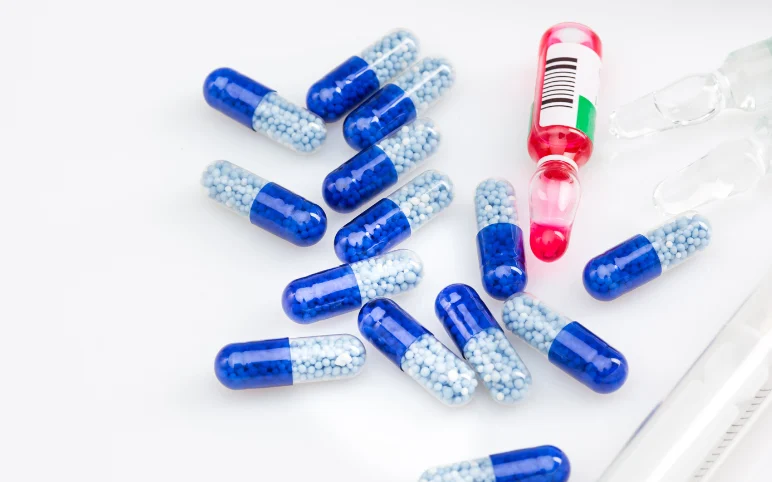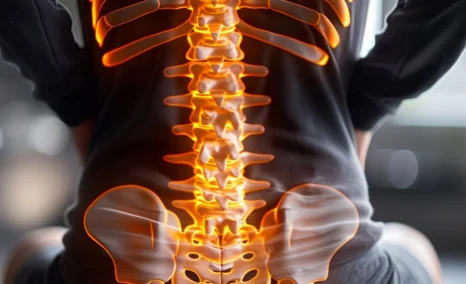Fecal Incontinence (FI) is a condition in which individuals lose the control of bowel movements leading to unexpected, involuntary leakage of stools. Also known as Bowel Incontinence, it is a result of constipation, diarrhea, and nerve damage due to aging. The condition can be of two types: urge incontinence, where an individual is unable to resist the urge to excrete and passive incontinence, where an individual does not realize before soiling oneself.
The condition is challenging owing to the diverse etiology that includes several factors including traumatic, neurologic, congenital, and iatrogenic, which forms the basis of different symptoms that are associated with the condition such as urinary incontinence, vaginal bulging, prolapse, rectovaginal fistula, altered bowel habits. Furthermore, the condition carries a huge burden and leaves a devastating psychosocial impact. Care of Fecal Incontinence requires invading of personal space, privace and involves nakedness that can case psychological issues to patients. As per DelveInsight’s Fecal Incontinence epidemiology estimate, the total Fecal Incontinence prevalence was 11,345,694 in 2020 in the 7MM, which is further expected to increase by 2030.
There are several causes of Fecal Incontinence, thus it becomes indisoensable to identify the underlying pathomechanisms for early, safe and effective treatment. At present, there are several nonsurgical and surgical options in the Fecal Incontinence market. Conservative treatment approaches in the FI theraoy market include bulking agents and biofeedback. Depending on the cause, anal sphincter repair, artificial bowel sphincter, and sacral nerve stimulation are also used to treat the condition. DelveInsight estimates that the Fecal Incontinence therapeutics market size was worth USD 1880 million in 2020 in the 7MM, which is further expected to grow by 2030.
Mild Incontinence is often approached with conservating treatment measures. In patients with low and infrequent, low volume stools, bulking agents such as Methylcellulose (Citrucel) or psyllium (Metamucil, Fiberall, and Hydrocil) are administered to help in controlling of stools are easier to control than liquid stools. In cases with non-infections etiologies, therapeutics agents such as Loperamide hydrochloride that help in increased absorption of water, and increases gut transition are used. Another agent that is used is Diphenoxylate hydrochloride/atropine (Lomotil) for increase gut motility, however, its use can lead to dependence as it is a schedule V medication under the Controlled Substance Act.
However, Biofeedback is the gold standard of the non-operative strategies in the FI therapeutics market. Biofeedback is a safe, minimally invasive behavioral technique that uses auditory or visual feedback to re-educate the pelvic floor musculature. However, the management revolves around invasive and non-invasive methods that are highly inconvenient and are long-term. Invasive options mainly surgeries that involve the injection of therapeutic agents into the anal canal or surgical repair of anal canal are often associted with patient relctance and non-compliance.
However, pharma companies have taken the lead to expand in the Fecal Incontinence therapy market. Pharma companies such as Cook MyoSite, 9 Meters Biopharma, Palette Life Sciences, and others are developing novel and effective therapies to expand the FI therapeutics market. Cook MyoSite investigating Autologous Muscle-Derived Cells that may benefit patients by augmenting sphincter function. The company is running a Phase I/II prospective nonrandomized study that is expected to be completed by October, 2021. Another firm, 9 Meters Biopharma, is also running trials for RDD-0315 and has previously reported positive Phase II results that evaluated the safety and efficacy of RDD-0315 for the Fecal Incontinence treatment in spinal cord injury patients. Taboo and stigma associated with teh condition and phsycological stress are expected to dim the Fecal Incontinence market share growth.
However, the Fecal Incontinence market is onserving an inclination towards non-invasive therapies, which are often considered as first line of treatment by physicians. This is expected to hinder the adherence of upcoming Fecal Incontinence pipeline therapies in the market. Nevertheless, an increase in the Fecal Incontinence prevalence, rise in the R&D, increase in the healthcare expenditure and an increase in the awareness around the condition shall expedite the market growth.



